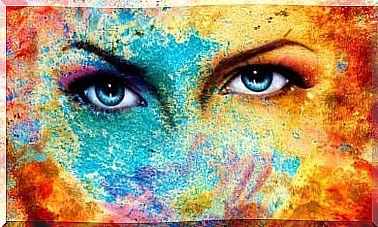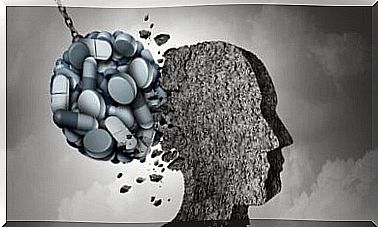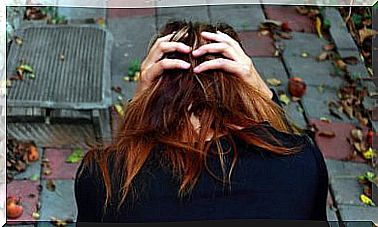Mental Illnesses Generate More Potential Victims Than Aggressors
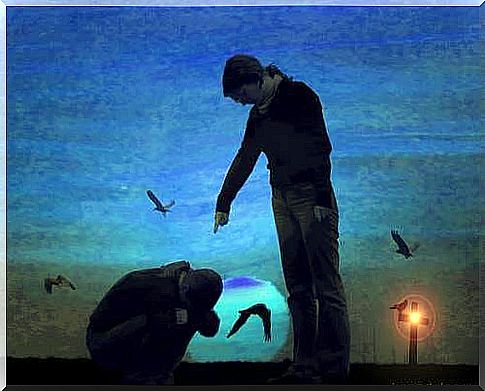
In recent months, some media have spoken of different mental illnesses as the cause of the latest terrorist attacks in Europe, and even as a justification for actions such as that of the pilot of Germanwings flight 9525.
These diagnostic labels are used without judgment by “journalists” who do not know what mental illness is or the repercussions that hanging this label on someone, whether they are alive or have died. In this way, mental illness has become a kind of tailor’s chest, which is easily transported by ignorance wherever there is a behavior for which you cannot find an explanation.
This semantic separation and enclosure of evil under a label makes the integration of anyone with mental illness almost impossible. The fear that the mentally ill arouse is proportional to the degree of scaremongering and threat that the media instills in society, but it is not something real.
The reality, in this case, does not resemble the stories that the press is often selling us. The reality is that mental illnesses generate more potential victims than aggressors, something totally different from what appears in the media.

Diagnostic labels as stigma
Mental illnesses are already by themselves a reason of stigma for many, but if we also add everything said by the media, mental illnesses become, at the very least, the cause of all kinds of atrocities. Some of the diagnostic labels most used by the press are usually :
Depression
They speak of depression as a cause of potential killers, when in reality, a person with severe depression feels that the weight of the world is on his shoulders, it costs him to get out of bed, much more to plan a mass murder and carry it out.
The truth is that, according to the World Health Organization, depression is a mental illness that affects 350 million people in the world, that is, around 5% of the world’s population suffers from this disorder. Moreover, it is so common that all of us know someone who has been in treatment for this problem, does he seem or did he seem like a murderer or, instead, a person who needed help?
Bipolar disorder
On television, Bipolar Disorder is described as a disease in which the patient is unable to control their feelings and goes from love to hate almost in tenths of a second. But in reality, it characteristically consists of manic and depressive episodes separated by intervals with a normal mood (periods of euthymia).
And although there is a subtype, called a rapid cycler, it is defined by at least 4 alternate mood episodes without meeting the criteria of mania, hypomania, or depression. That is, the rapid episodes happen in months and also each change is preceded by a period of time of normal mood, in addition to the episodes not having a great intensity.
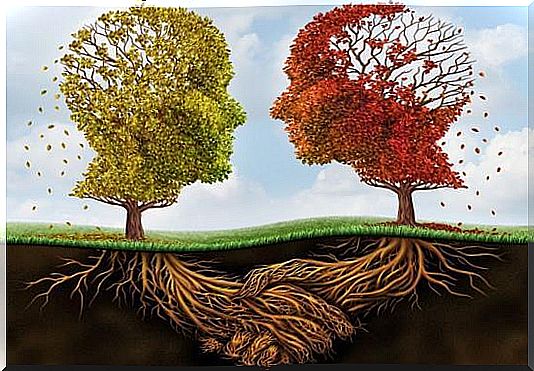
Amok syndrome
Amok Syndrome is a culture-dependent syndrome according to diagnostic classifications, in this case, it is typical of Malaysia. It consists of a dissociative episode characterized by a period of depression followed by a manifestation of violent, aggressive or homicidal behavior, directed at people and objects.
However, what the media do not take into account when they talk about this syndrome is the cultural relationship limited to Malaysia, which is usually associated with the use of drugs that produce hallucinations in rituals of natives of these islands.
Schizophrenia
In this disorder it is characterized by delusions and / or hallucinations, disorganized behavior and language, and symptoms such as apathy. In this case, it is true that they can have violent behaviors, but they are usually caused by their own fear of the hallucinations they suffer. They also tend to hurt themselves more than others.
Their alterations make their judgment impaired, making it very difficult for them to plan their actions, and almost impossible for them to plan a murder on their own. But for the news media, as it is a serious and stigmatized disorder, they often use it as a synonym for “violent madman”.
And these are just some of the diseases that the media use as an excuse to tell us that the mentally ill are violent. There are other mental illnesses that they use as justification for the criminal behaviors of “healthy” but famous people, such as alcoholism, drug addiction or kleptomania.
Mental illness doesn’t make you violent
The vast majority of mentally ill people will never attempt anything violent and studies show that only 5 percent of crimes can be attributed to a mental disorder. In the United States, the vast majority of people involved in gun violence and homicide have not been diagnosed with and do not appear to have a mental illness, according to Adam Lankford, a criminal justice expert at the University of Alabama.
Paradoxically, the opposite is more common: these people have four times the risk of being isolated and victimized than the general population, especially in developing countries. One study showed that in a four-month period, 8.2 percent of these patients were assaulted, compared to just 3.1 percent of people in the general population.
Furthermore, when it comes to violence, mentally ill people tend to harm themselves before others. And these stigmas that make them fearful, and therefore excluded rather than integrated into society, enact these suicidal behaviors.
So the next time you hear that a person with a mental illness has killed someone, remember that it is the stigma of the label that is why this mental illness is reflected in the press, not because mental illness is a danger in themselves.
